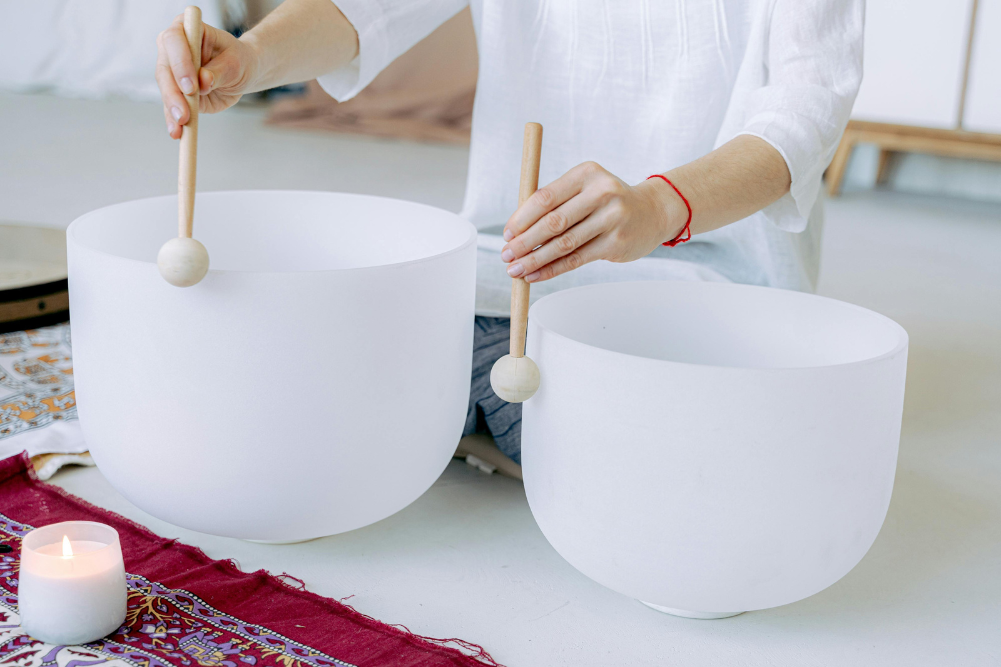Virtual Reality uncovers our smelly behaviours
Did you know that the brain can navigate solely on smell?
Researchers at Northwestern University developed a new “smell landscape” that enabled them to study how smell engages the brain’s navigation system.
It has been known for a long time that smells guide the behaviours of animals but it has been difficult to study this phenomenon as odours are difficult to control. They diffuse and disperse rapidly in the air.
While moving through the landscape based on the odours the brain’s spatial mapping mechanism was engaged.
The researchers used virtual reality technology but instead of visuals and audio they used smells.
They created a landscape in which smells can be controlled which they jokingly refer to as “smellovision.”
If you can imagine a room where every position has a distinct smell and that this does not change no matter how much time passes by or how fast you move through the room.
This is what the researchers created and they used mice in their study to understand how the brain is guided by odours.
The airflow systems pumped smells such as bubblegum, pine and a sour smell past the mouse’s nose to create a virtual room of odours. They used a predictive algorithm that determined the precise timing and the distribution of the smells.
The mice first explore the landscape with both visual and olfactory cues.
The researchers then shut off the visual virtual reality system and the mice relied on the smells to navigate the room in total darkness.
This did not decrease their performance. Instead it showed that while moving through the landscape based on the odours, the brain’s spatial mapping mechanism was engaged.
This virtual reality system which incorporates smell can lead to a further understanding of how mammals rely on smells to guide them such as having an aversion to certain smells, being attracted to pheromones and having an innate preference for one smell over another.
The researchers feel that this technology can also be used in commercial virtual reality systems where they can incorporate smell to give users a more multi-sensory experience.
Source: Nature Communications








